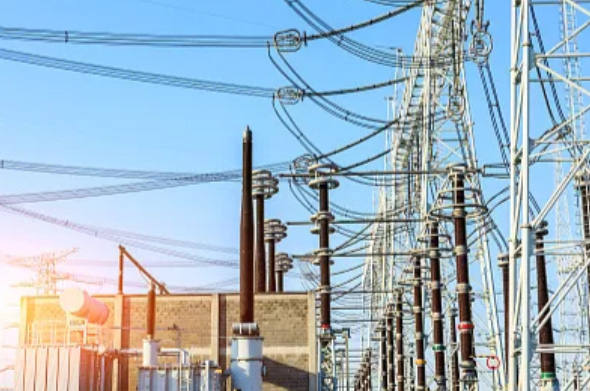Power Transformer Buying Guide
An electrical transformer is an integral part of the proper functioning of any electrical device or machine, especially if the supply voltage is not the same as the operating voltage of the device. Not every transformer can be used for every machine and every voltage. There are many different types of transformers, such as auto, power, step-up, and each has a specific application.
Before you decide to buy a transformer, know what kind you need to purchase and its specifications. In the following, steptransformer.com will introduce something to you. Below are some points that can help to consider before you buy a transformer.

- Input and Output Voltages. The input or primary voltage of the electrical transformer is the voltage that is being supplied from the power line. The output or the secondary voltage of the transformer is the voltage that will be supplied to the electrical device that is connected to the transformer. Make sure that these voltages match your supply voltage and the input voltage requirement of the device.
- Power Rating. The electrical transformer rating is the maximum power that the transformer can handle without causing any damage to the transformer and its winding. This is usually expressed in kVA or kW and be easily calculated if you know the voltage and current that is supplied to the transformer.
- AC Frequency. The AC supply in a country works at a particular frequency. If the frequency of the power transformer is not the same as that of the supply, it affects the functioning of the transformer.
- Step up or Step down. Step up transformers are used when the output voltage is higher than the input voltage, whereas a step down transformer is used when the input voltage is higher than the output voltage. You should evaluate the voltage requirements of the equipment that will be connected to the transformer as well as the supply voltage being provided to the transformer. This will help you figure out whether you need a step-up or step-down transformer.
- Phase. Some step up and down transformers operate on a single-phase while some operate on a three-phase transformer. If the power to your transformer is being supplied from a three-phase source, then it is better to get a three-phase transformer instead of three single-phase transformers.
- Purpose of the Transformer. There are many different types of step up down transformers. So how do you know which one to buy? We will help you in making this decision. Sometimes transformers are used to isolate different parts of the circuit from each other. In that case, you need an isolation transformer. If you need a transformer to help in power distribution networks, then you need either a distribution transformer or a power transformer. The distribution transformer is used at lower voltages, and power transformers are better suited for higher voltages. If you need a transformer that is small but efficient and reliable, then you are looking for an auto-transformer. But keep in mind that the auto-transformer has no insulation between the primary and secondary side since it is a single winding transformer.
- Winding Material. The windings of the step transformer can either be made from copper or aluminum. Copper has better conductivity when compared to aluminum and therefore is more efficient. But copper is also heavier than aluminum. If you are using a transformer in an application where efficiency is more important than the weight of the transformer, then you need to get a transformer that has a copper winding. But if it is the other way around and low weight is more important than efficiency, then you should get a transformer with the aluminum winding.
- Coolant Type. Electrical Transformers tend to get heated as they operate. This necessitates the importance of having a good cooling mechanism. There are basically three different types of coolants, dry-type that is air cooled, liquid cooled which uses a liquid coolant and liquid vapor condensation that has a liquid coolant with low vaporization point. Each has its own uses and advantages and disadvantages. You should evaluate each of these and then determine which type of coolant should be present in the transformer.
- Type of Core. All power transformers can be classified as either closed core transformer or shell-type transformer. In a closed core transformer, the windings surround the core, and the reverse happens in a shell-type transformer. The closed core transformer provides better insulation but uses more copper and suffers more losses when compared to the shell type transformer.
